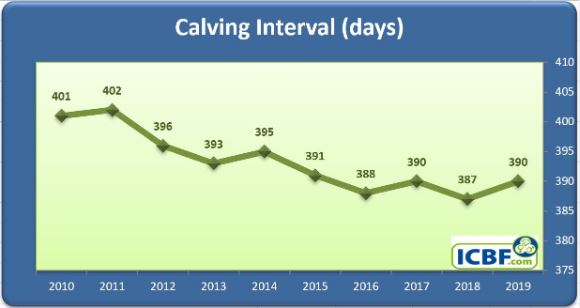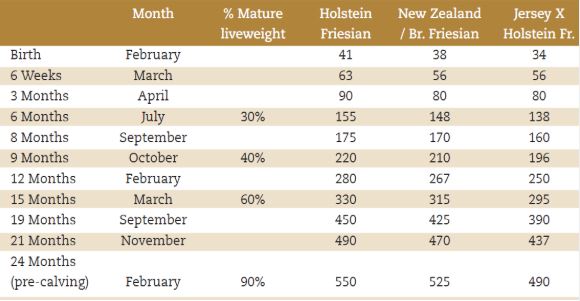The Irish Cattle Breeding Federation (ICBF) has reported a slight decrease in the fertility performance of the national dairy herd. This follows the publication of HerdPlus Dairy Calving reports last week.
According to the federation, the average calving interval increased by three days – from 387 days in 2018 – to reach 390 days in 2019.
While these figures are disappointing, the ICBF said we have to take into consideration the massive challenges that the long spring and summer drought had on farmers in 2018.
This led to a delay in insemination dates with median calving moving out two days to February 28.
On the other hand, the six-week calving rate recorded on farms made an improvement; increasing from 64% to 65%.
Furthermore, during the 2019 period there was 0.91 calves/cow/year, up from 0.90 in 2018. These national statistics are based on data from 13,902 herds.
While small progress is being made, the ICBF said we are still a considerable way off the targets identified by Teagasc as being required to ensure a profitable dairy industry.
For instance, the average calving interval is 390 days, 25 days off the industry target of 365 days. Likewise, for the six-week calving rate, it is 65% compared to an industry target of 70%.
On the back of this, it highlights the importance of continuing to focus on high-EBI bulls with a high-fertility sub-index in order to achieve these targets.
The ICBF also looked at the percentage of heifers that calved between 22 and 26 months. The average performance recorded for this KPI (key performance indicator) was 69%.
Although a number of herds achieved 100% of heifers calving within the desired age range, a proportion also had none (0%) calving at the most profitable age.
It says that a key part in achieving two-year-old calving is having heifers at the correct target weight for breeding. The target weights for each breed are outlined in the below table.
The ICBF advised farmers to weigh their replacement heifers, to identify those which are below target and then the correct action taken.



